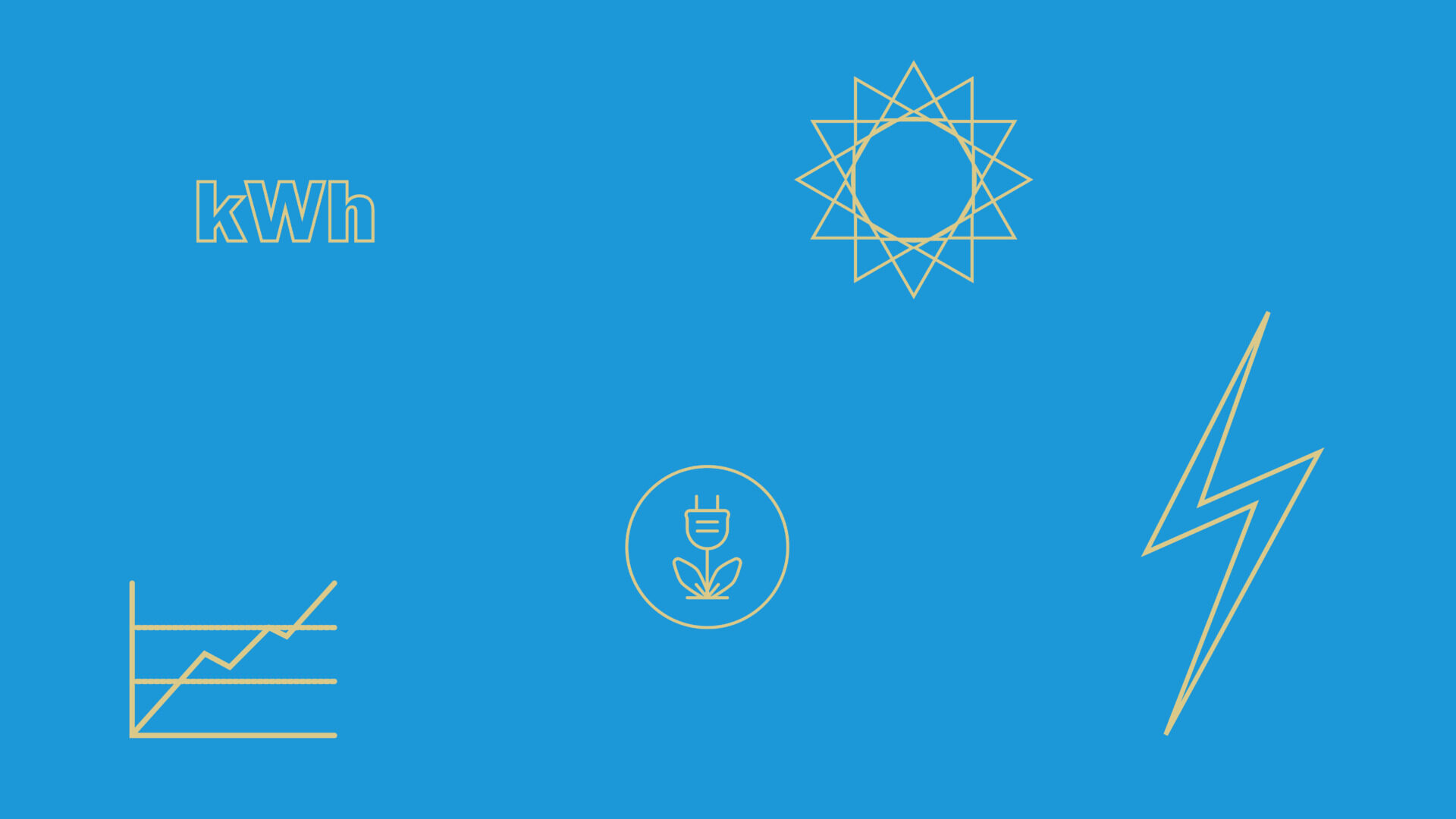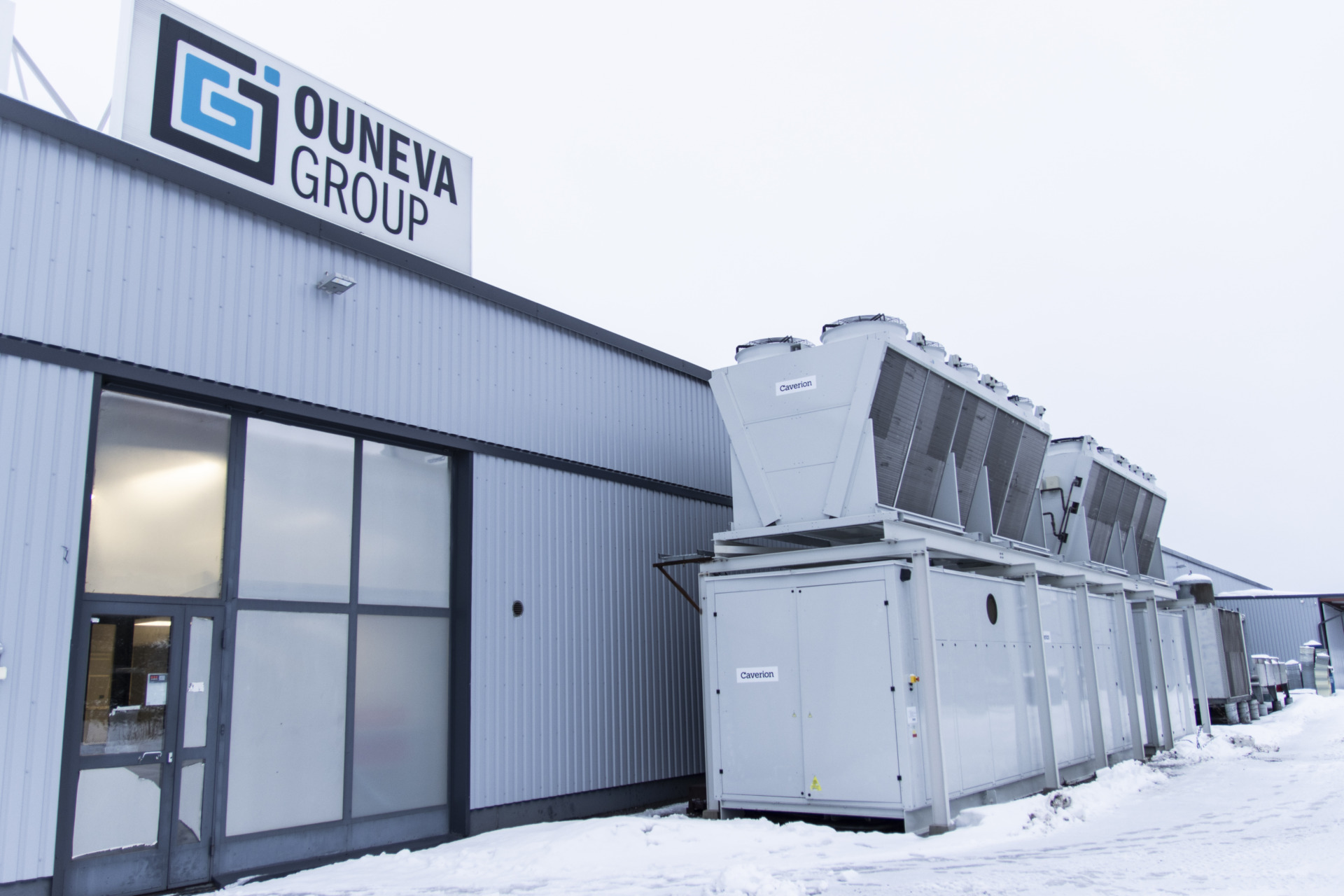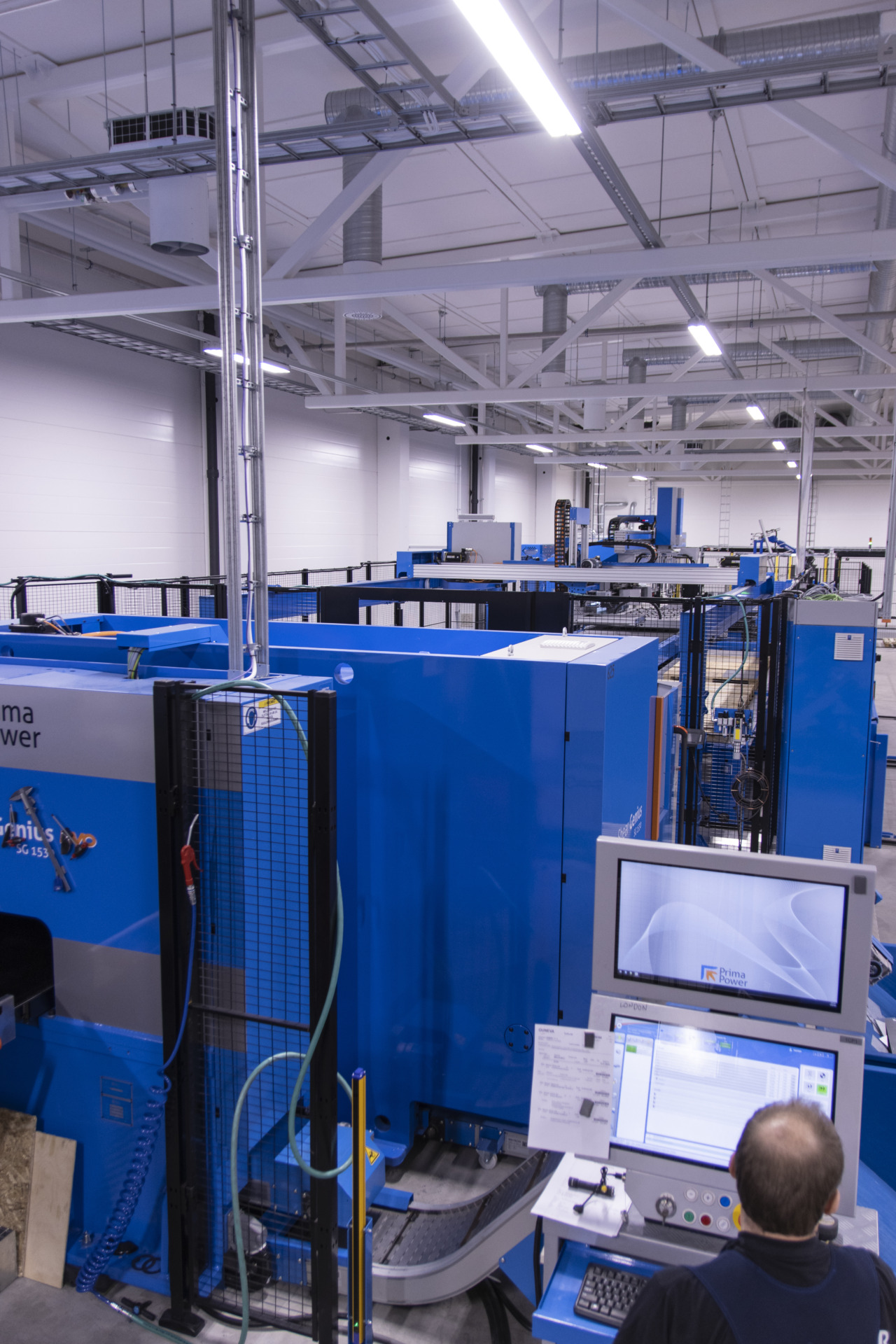More energy efficiency in the Group

Improving the energy efficiency of our production and facilities is an important part of developing our corporate responsibility. One of our most significant environmental impacts is related to energy consumption. In addition, the price of energy and reducing energy consumption are discussed now more than ever. The significance of concrete actions has increased, and we also pay more attention to our energy consumption more than before. Investments to new, more energy efficient machinery and improvements to the infrastructure of our facilities are important ways for us to save in costs and to reduce our environmental impact. We compiled a few concrete improvement projects we have done to create a more energy efficient Ouneva Group in this article.
Utilization of waste heat and updating the facility automation of Valukumpu plant
In the injection moulding process, heat is generated from the process due to heating up the material and moulds. We wanted to collect and utilize this waste heat. We invested in a heat pump system in 2020. The collected heat is used in heating the water we use and the facility itself.

In 2021, an update to the facility automation was done at the Valukumpu plant as well. Due to the update, we enabled the exact control of the air conditioning equipment and intelligent heating for the facility. The climate control solutions allow us to control the supply and exhaust air as needed, and to regulate the proportion of circulated air. Thanks to these changes, the true consumption of purchased energy was reduced with 40% compared to 2020!
Changes into the lighting of production facilities
The time of fluorescent lights is over. The expensive and energy intensive lighting solutions, that are treated as hazardous waste do not belong in modern production facilities. We have renewed our lighting at the same pace as when the old lights have reached the end of their lifecycle.
Advantages of LED-lighting compared to fluorescent tubes:
- Energy efficiency
- Higher power
- Longer lifetime
- Improved occupational safety and coziness due to more power
- Reduced the need of maintenance

Drum-type washing machine at Ouneva
At the connector factory of Ouneva, washing the connector bodies and other components is a part of the process. Previously we have used an ultrasonic washing machine, that requires the items to be inserted manually. The washing water has to be heated in a separate process between 60-80°C.
To create a more energy efficient and practical washing process, we invested in drum-type washing machines. The machines stand connected to the cutting machine. This removes the manual stage of moving items to the washing stage. The items, heated up during the cutting process, heat the water used in the washing stage, which means no energy is used separately to heating the water. A process of heating the water separately was designed and implemented in the new machines as well, but it has proven to be unnecessary so far because of the heat reservation in the items.
Due to the new, improved stage, the energy consumption has decreased significantly, and the waste heat stored in the items can be utilized inside the process. The old ultrasonic washing machine consumed 157 MWh of energy per year in three shifts. The two new drum-type washing machines run in two shifts and have the individual energy consumption of 21 MWh per year. The new washing machines are more efficient, so they can be run in two shifts. The energy saving is 86% compared to the previously used ultrasonic washing machine.
To finish it off
Energy efficiency is an important part of the efficiency of our operations. In line with our values, we continuously improve our operations, and especially the questions related to energy efficiency have been responded to quickly. Short reaction times and quick decision-making are our strengths! These improvement projects for energy efficiency have brought us more comfort in our facilities, efficiency to our processes and direct savings in our energy consumption, and reduction in the environmental impact.